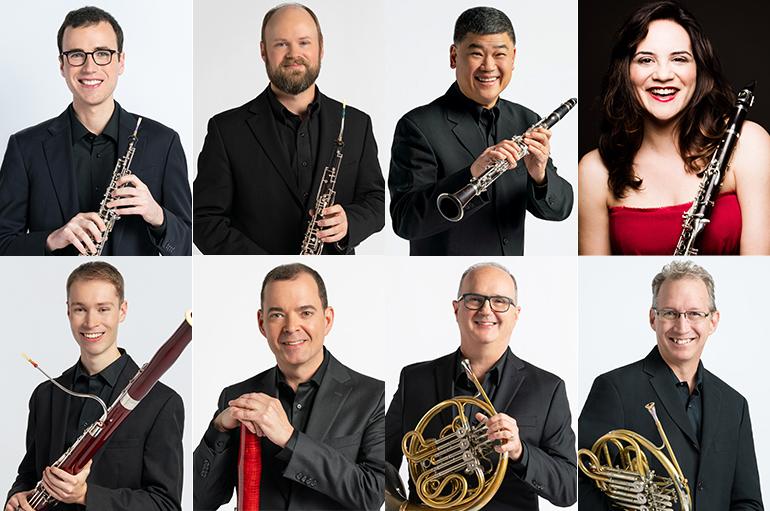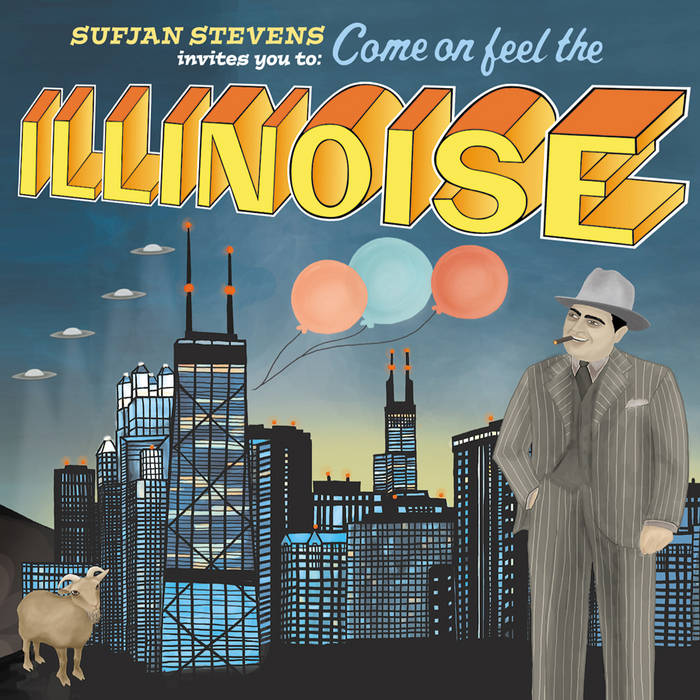On March 11th, 2011, an earthquake with a magnitude of 9.0 rattled Japan, followed by a tsunami that flooded the northeastern coast. The numbers are startling— between the three areas hit the hardest along the Sanriku Coast, 15,714 have been confirmed dead, another 4,118 are missing, and 241,230 homes were destroyed. In total, 19,000 people are dead or missing because of this epic natural disaster.
Months later, the University of California, Los Angeles and a Japanese newspaper came together to honor both the survivors and those who lost their lives. The exhibit was first held in Washington D.C. in November 2011. It will be traveling to various American cities until April 2012, and its latest stop is the Rockefeller Memorial Chapel.
“Moving Forward: Life After the Great East Earthquake” documents the horrible aftermath of the earthquake and tsunami in northeastern Japan. The UCLA Paul I. and Hisako Terasaki Center for Japanese Studies and Japanese newspaper, The Kahoku Shimpo have collaborated to create this traveling exhibit. “Moving Forward” opened at Rockefeller Chapel on January 15th and will be on display until February 7th. It will then return to the Fowler Museum at UCLA in March to commemorate the one-year anniversary of this travesty.
The exhibit consists of a series of photographs and articles courtesy of the Kahoku Shimpo. The exhibit is not so much about the devastation, but the people’s efforts to rebuild their country. The photographs are thematically placed in a series of panels. Further into the exhibit, the photographs begin to move from depicting people lost among the debris to regaining some normalcy in their lives. The last panel of the exhibit, titled “To the Future,” depicted a high school baseball team, a middle school graduation, and a fisherman washing seaweed among other triumphant images.
The most poignant images, however, were of survivors blankly gazing at the Japanese landscape at a loss for words and refugees searching for pictures of their mothers on May 8th, Mother’s Day, amidst the debris.
The stories of heroism include a video clip of Japanese employees rescuing 162 Chinese trainees at 19 seafood companies at Onagawa Port. Japanese employees selflessly worked to save the Chinese trainees so that those workers would have the opportunity to return to their homeland. As an emergency broadcaster, Miki Endo saved 7,700 lives by warning residents of Minami Sanriku to evacuate. Her body was discovered a month later.
Another significant aspect of the exhibit is its portrayal of the U.S. Military’s reconstruction efforts. U.S. soldiers were instrumental in rebuilding the Sendai airport, clearing the debris, and providing basic supplies to refugees. The photographs in the exhibit documented the collaboration between the two nations.
On Wednesday, January 18, 2012, a group of distinguished speakers with ties to Japan spoke at the exhibit’s opening ceremony held in Rockefeller Chapel, including Consulate General of Japan at Chicago ,Yoshifumi Okamura, Associate Professor in Japanese Studies, Michael K. Bourdaghs, and Director of the Paul I. and Hisako Terasaki Center for Japanese Studies Director Hitoshi Abe.
Speaking of the survivors, Okamura said in his remarks, “They are in a desperate situation, but they have also stood out. The survivors are making great efforts to rebuild their lives through their strength and resilience.”
He concluded his speech with this powerful message, “Japan and the United States share a special bond of friendship. The United States’ outpouring of friendship and support has moved the Japanese people, and we will always remember it. Japan is coming back.”
The “Moving Forward” Exhibit is extremely moving and serves as an effective reminder that the devastation of the Japanese people did not end with the initial disaster. The outpouring of humanity depicted in the photographs and articles is tremendous and inspiring.








